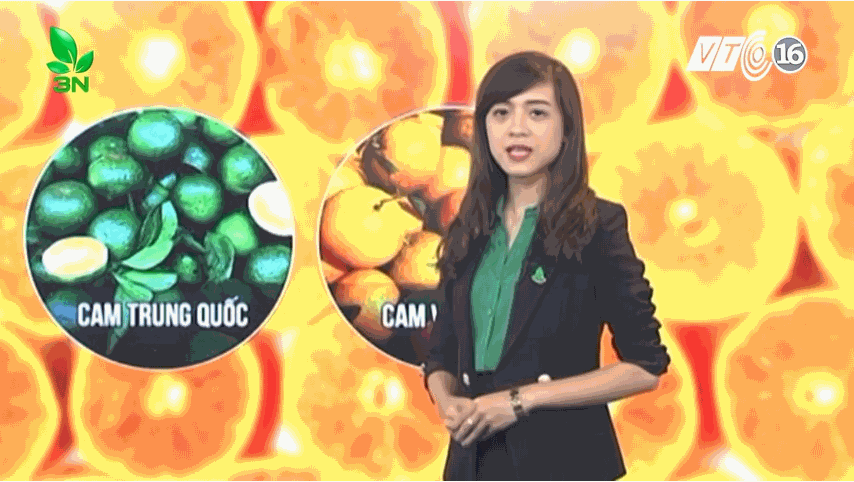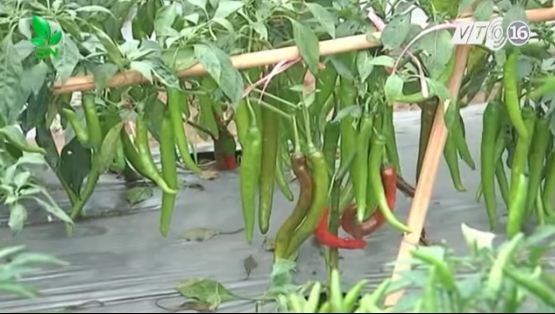To bring Vietnamese fruits to the world market
With several advantages of tropical climate, Vietnam has various kinds of fruits with good quality to serve domestic markets and export. The favorable areas to grow fruit crops for export are concentrated in the South of Vietnam. The exported Vietnamese fruits include canned pineapple, pummelo, mango, dragon fruits, etc.
Destination markets for Vietnamese fruit produces are the US, EU, Russia, Taiwan, China and Southeast Asia.
Recently, fruit price is getting increased because fruit producers have paid more attention to fruit quality. Da Xanh pummelo in Tien Giang province, for example, costs VND15,000/kg, which is 3 times higher than previous one. The EU market now has a large demand of this kind of pummelo, followed by mango and dragon fruits in Tien Giang and Long An, which is paid attention by the Russian market. Rambutan, longan and fresh chili are being exported much.
In spite of large export potential of Vietnamese fruits, foreign exporters are facing barriers in buying Vietnamese fruits, thereby causing lower quantity of exported Vietnamese fruit produces than those of Thailand or China.
At present, Vietnam is able to supply with large quantity of fruits for export, however, there is almost no local collector. Hence, export markets of fruit are found by gardeners by themselves. Vietnamese exporters are not capable for solving high value contracts/orders. Many importers have to go directly to the orchards to collect produces, establishing packing, storage and transport techniques. It is the most disadvantage of Vietnamese exported fruit produces.
Post harvest handling and processing of fruit produces should be paid special attention to. At the moment, only 30% of pummelo produces meet export requirements. Maybe, this figure can be increased to 70-80% if there is a capital investment in fruit post harvest handling and processing.
Every year, EU imports nearly 80 million tons of fresh fruits and more than 60 million tones of fresh vegetables, of which 40% is from developing countries. Vietnam has exported to EU with small quantity of about 33 tons of fruits (in 2006) such as mango, pineapple, mangosteen, dragon fruit, durian, longan, banana, etc.
Applying GAP principles: The most disadvantage of Vietnamese fruit penetration to large markets in the world like EU is quality barrier which is getting stricter and stricter. Vietnamese fruit and vegetable produces exported to EU should meet GAP (Good Agricultural Practices) quality requirements. It is an important standard but difficult to meet for Vietnamese enterprises because most of Vietnamese processing enterprises are small and medium, whereas domestic agricultural production sector has not been as developed as other countries.
For large specialized areas, development of horticultural industry to meet GAP standards will lead to increase of export quantity. Many doors are open for Vietnamese gardeners who are capable for meeting GAP standards. Today, many countries in the world have applied GAP principles to control of their imported agricultural produces.
If applying GAP principles in cultivation, Vietnamese fruits will meet strict requirements of EU and US markets as the products of Thailand and China.
In addition to difficulties of post harvest storage, Vietnamese fruit exporters have to face the strong competitiveness with fruits from Thailand and China. Presently, Vietnam has to import a large quantity of Thai and Chinese fruits for domestic markets, although Vietnamese products are large and diverse. People with high income prefer Thai fruit products due to their better quality than Vietnamese ones. A part from that, despite the low quality of Chinese fruits, their cheap/low price is attractive to Vietnamese consumers with low income.
Thailand is now having a promotion program to strengthen fruit export to the US and EU. Competing with the Thai fruit produces is not easy.
In order to expand Vietnamese fruits to large market in the world, the Government should have support to establish specialized cooperatives to organize and apply advanced cultural practices; collectors/companies to be the wholesale points, assisting gardeners to develop produce export.
With the support from the Vietnam Government and international organizations, combined with proper investment in cultivation, product development, the export turnover of Vietnamese fruits to EU in particular and world markets in general will increase in coming years, facilitating Vietnam to be the centre of fruit export in Asian region.
According to Trade Centre – Ministry of Industry and Commerce
Newer news items:
- Genetically Modified α-Amylase Inhibitor Peas Are Not Specifically Allergenic in Mice - 17/10/2017 11:05
- Better Tools for Saving Water and Keeping Peaches Healthy - 17/10/2017 11:03
- Area of dragon fruit in Binh Thuan province is suddenly increased - 17/10/2017 11:02
- Anther culture - 17/10/2017 11:01
- Transgenic technology, increasing yield of 4 crops in Vietnam - 17/10/2017 11:00
Older news items:
- Bitter Gourd Pamphlet - 17/10/2017 10:57
- Current status of late longan in Ha Tay (Ha Noi) - 17/10/2017 10:55
- Establishment of the VietGAP practical manual on vegetable crops - 17/10/2017 10:54
- “The Old Ochna” – specious genetic resource in the risk of extinction - 17/10/2017 10:51
- A working mission at the Fruit and Vegetable Research Institute by Mr. Ghari Radi Abodi – Deputy Minister of Agriculture of Iraq - 17/10/2017 10:49


